Strona główna
Polish Narew System as an Element of National Security
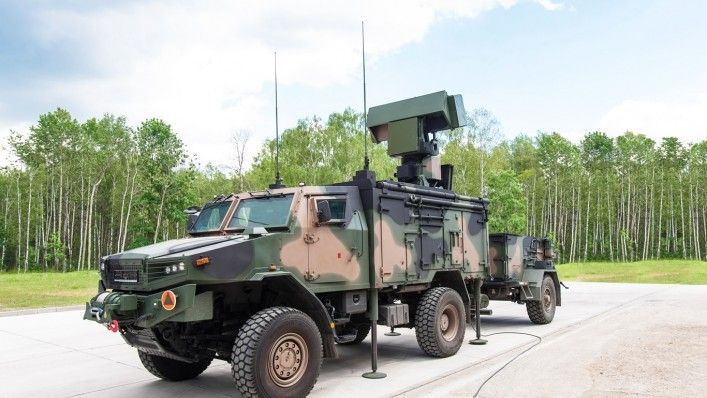
PIT-RADWAR company, belonging to the PGZ Group, is readying itself to implement the Narew SHORAD programme. The PIT-RADWAR’s offer includes both a domestic C2 system, as well as several types of multifunction and early detection radar. The representatives of the company emphasize the scalability, as well as the modular, and net-centric nature of the offered system. These features provide operational sovereignty and thus it can be said that the system is tailor-made to meet the requirements of the military. Mobility is one of its relevant features, being a key factor for operational use of the system on a modern battlefield. One shall also stress the fact that the system proposed would be controlled by the Polish government in its entirety. Meanwhile, the latest western technologies, license-procured for the new missile that would break the ties with the Soviet legacy, would altogether ensure a safe integration with the domestic and NATO command systems. Secondly, they would also pave a way towards export capacity in the missile domain.
The Narew programme, as an essential element of defence capacity protecting the military units and critical infrastructure, altogether bears a key meaning for the framework of the Polish air defence system. Narew would be burdened with a relevant portion of responsibility for countering the air-breathing targets: fighters, bombers, helicopters, cruise missiles, and UAVs. This is why safety and sovereignty of use are so important here, along with controlled access to the technologies, as well as the guaranteed continuous supply chain in the event of a conflict. It is planned that the systems would also become a part of the land forces’ divisions air defence regiments, and selected missile squadrons of the Air Force, and land units of the Navy.
The SHORAD layer, being the central nexus of the Polish IADS, is to protect against air threats at a distance exceeding 20 kilometers. The “lower-level” includes VSHORAD systems as well, such as the Poprad systems delivered by the domestic industry (equipped with Grom or PIORUN MANPADS), or the Pilica system. The “Top Floor” is secured by IBCS/Patriot systems procured via FMS, within the framework of the Wisła programme.
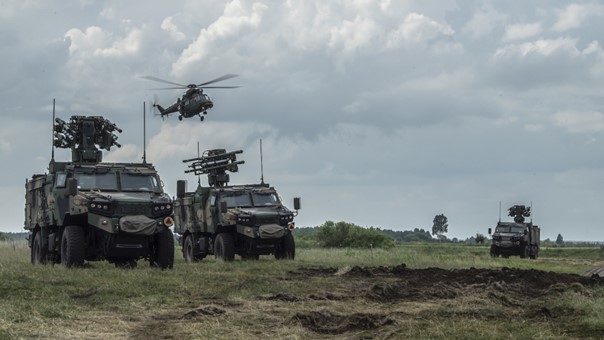
The analytical effort, concerning the SHORAD system configuration, is reaching completion at the Polish Ministry of Defence now. The Polish defence industry, including the PIT-RADWAR company that is a part of the PGZ Group, is offering the development of a proprietary solution for Narew.
The whole suite would include a domestically developed C2 system, several types of radars (developed as a part of a collaborative effort with the National Centre for Research and Development), and the effector - a missile that could be acquired from one of the foreign partners, along with a license that would allow for further development of the missile.
The missile should meet a certain set of tactical and technical requirements for a multi-channel air defence system. One of the key features for missiles dedicated to a multi-channel air defence system is the inertial guidance unit that guides the missile to the point where the seeker can intercept the target. Another desirable feature is the so-called cold vertical launch capacity. This refers to the missile being propelled into the air, and after it would reach a safe altitude the sustainer motor would be ignited. This prevents accidental collateral damage affecting own resources. The missile launch should not lead to the detection of the launch system, it should not cause any dangers, such as accidental fires. For the sake of ensuring effectiveness, it would be desirable for the launcher to carry a high number of missiles (8-16) with the carrier platform being as light as possible. The missile should offer coverage of the whole area of responsibility, at close and long ranges.
The missile should also be integrated with the Polish command system. This would guarantee the security of information transfer, with disclosure of that information entailing the risk of discovery of the system’s performance stats by a foreign state not belonging to NATO. This could potentially happen in the case of upgraded post-soviet designs. From the point of view of sovereignty, safety, and independence of use, a full transfer of technology and know-how would be required, allowing the user to develop and modernize the system, or to design their own missile autonomously, or with a foreign partner. This is even more pronounced as the headroom for upgrades, in the case of the post-soviet missiles, is no longer available.
Furthermore, any assets, missiles included, remaining in the inventory of the Polish Armed Forces, shall also be operated by other NATO nations. This guarantees supply-chain continuity in the event of a conflict, should the domestic manufacturing capacity be lost.
The above solution is to guarantee the sovereignty of use and operation, and the ability to develop it autonomously, in line with the requirements of the Polish Armed Forces. That would give Poland complete autonomy in the use of the Narew system, while the configuration itself, alongside the net-centric capabilities, ICT security, integration, and NATO interoperability, would provide the user with a high level of mobility. The domestic economy would also be receiving most of the investment, while 50% of the funds would be recirculated within the budget, as fees and taxes.
Polish C2 for Narew.
The vision of the domestic C2 system for Narew is based on solutions that deliver net-centric capabilities. It assumes that all capabilities of the sensors and effectors of the air defence systems are used by the fire units.
It has been assumed that Narew is a multi-channel air defence system, meaning it can act against multiple targets all at once. A single targeting channel shall be understood as an ability to act against a single threat. Apart from the launchers and Sajna radars, units, at each level, would be equipped with standardized engagement operations centres of unified and homogeneous capabilities resulting from the hardware and software used. The role and scope of functionality for each command station on the net-centric battlefield would be assigned by the unit to which the given station is subordinated, based on the login credentials of the users. PIT-RADWAR assumes that a single launcher equipped solely with its own C2 module would have multiple targeting channels at its disposal. Meanwhile, a standard fire unit with a Sajna radar, launchers, and C2 station would have much greater engagement capabilities.
Larger units would use the idea of net-centric operations in line with the basic principles: any sensor, best shooter. A single C2 EOC would control all of the radars available, also launching missiles from any shooter available. The remaining command stations would work in parallel, gathering data and syncing it on the servers. They would act as reserve stations that would be used if the main EOC is destroyed, or if the composition or configuration of the unit is changed. This would render the command stations being replaceable and substitutable, in combat.
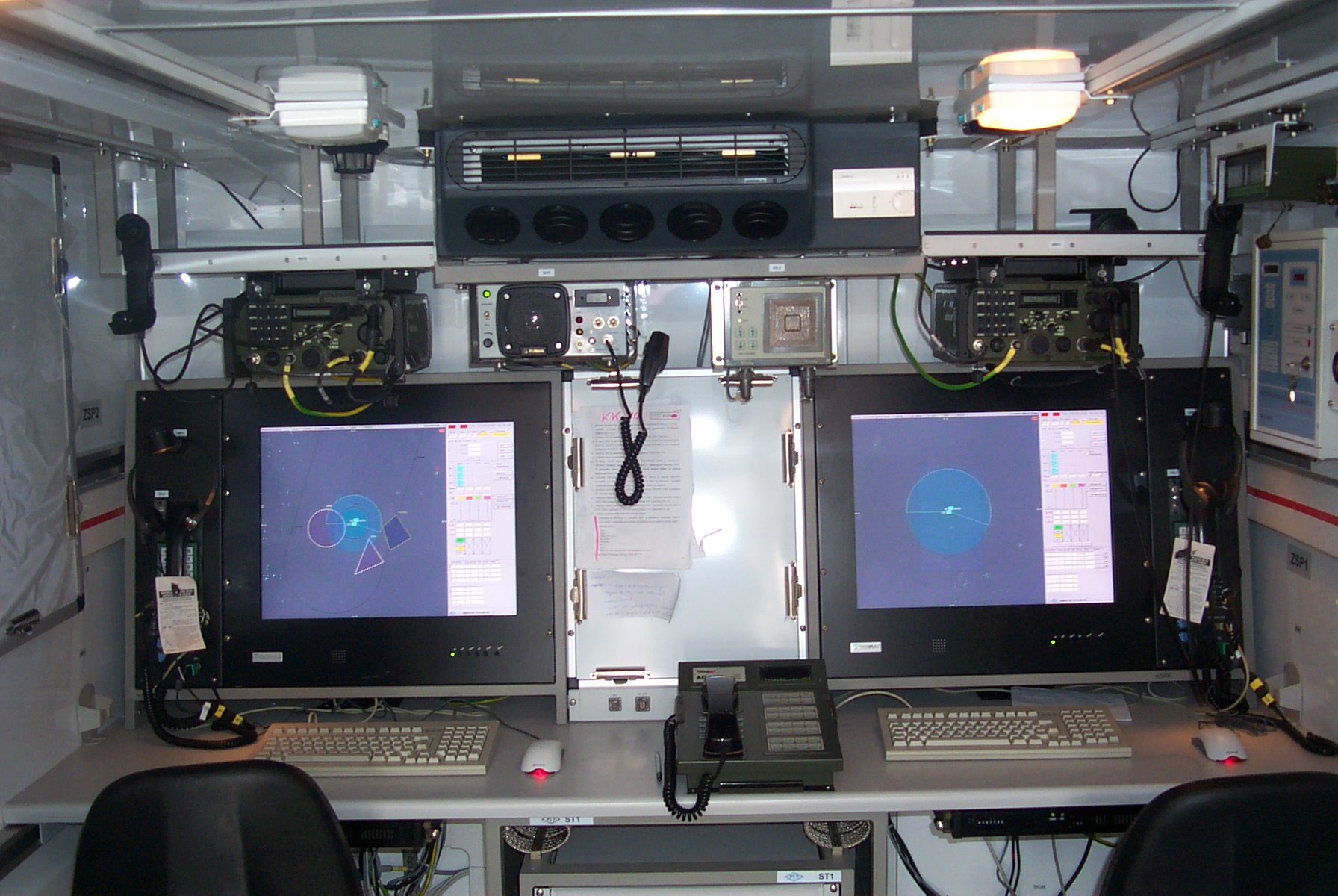
Sajna radar that is currently being developed by PIT-RADWAR, as a part of an agreement signed with the National Centre for Research and Development, would be a multi-functional AESA GaN radar, with linear TR modules and the ability to shape the beam digitally. Sajna would also be quite resistant to jamming as well. The radar can be used both as a detection sensor, as well as in the role of the fire control system. The performance spec of the radar would provide the fire unit with an ability to use/guide multiple missiles against multiple threats at once (multi-channel capability). This would also be possible for a diverse set of missile types. The antenna would be placed on a tall mast placed on a mobile platform. It is expected that it would be ready for production in 2023, while the deliveries can begin 3 years later, along with the comprehensive, fully configured C2 system.
PIT-RADWAR is declaring its openness, when it comes to the selection of the wheeled platform that would accommodate the Narew’s command system, regardless of whether it would come in a form of a container placed on a Jelcz truck, armoured container, or in a form-factor of the Rosomak APC.
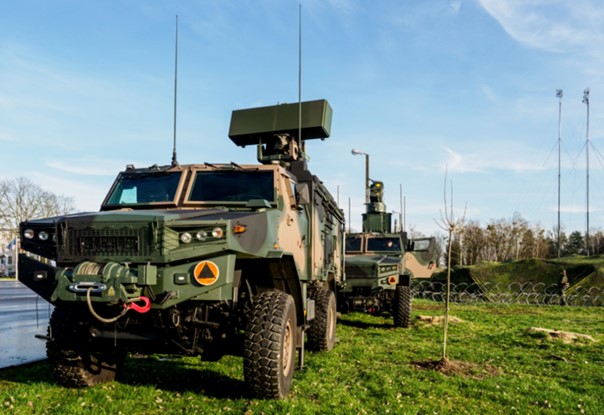
Employing a Polish-made command station and communications suite would ensure compatibility with the legacy command systems that have been operated by the Polish Armed Forces so far. When it comes to the communications system, PIT-RADWAR assumes that the latest R-460A digital radio relay would be used, alongside the Polish broadband R-450C radio. The former device is already available in a form of a prototype, while the latter is already available in the inventory of the Naval Missile Unit, where it remains in active use. The proposed solutions are highly resistant to jamming and provide a proper level of security of the data exchange processes happening within the system.
These solutions would also contribute to the high mobility of the C2 suite that would also offer several modes of operation. When on the move, the system allows individual elements of the fire unit to communicate at a short distance - thanks to side antenna arrays. As each of the elements of the fire element acts as a relaying unit, the distance between the vehicles can be greater. When on the move in such a setting, Narew elements will be able to accompany the armoured and mechanized units they would be defending, continuously supervising the airspace and being able to launch effectors rapidly.
After the fire module stops and the telescopic masts are extended (several minutes), the communication range between the individual elements of the Narew system would be doubled. In a situation as such Narew would be able to work with external sensors (such as P-18PL early detection radars and passive PET-PCL systems). They could even become a part of batteries, or fire units. Meanwhile, should a permanent defence perimeter be established, with mobile communication nodes being used (with high masts), the radio communications between the individual elements would decide on communications within the whole unit. The battery would need several minutes to work in that setting.
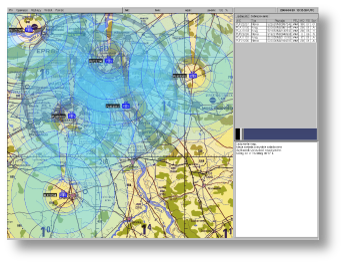
The fire control computer on the launcher, and the optronic sensor, or any radar that is accurate enough and remains available in the network, would allow a component as such to autonomously act against air threats, should it lose contact with EOC where, in a normal mode, a decision is made to launch the missile from a specific launcher.
The Narew system concept proposed by the Polish businesses would create a capacity to work with the ŁOWCZA/REGA C2 systems operated by the Army, which also expect an upgrade. A relevant technical dialogue on that matter is currently being carried out by the Armament Inspectorate of the Polish MoD. REGA (battery/fire unit level) command system would however be replaced by the new solution associated with Narew. Łowcza regiment/squadron level systems could be used to assign tasks to Narew and organize joint operations with the legacy air defence assets, such as Kub, Osa, Poprad, or future systems, such as the SONA solution. Data exchange could happen via the R-450C radio. One of the possible solutions here is to use the allied Link-16/JREAP-C datalink.
Both the future Narew C2, as well as the command systems used by the Air Force (such as SAMOC) are developed by a single entity - the PIT-RADWAR company. This may enhance their interoperability even further.
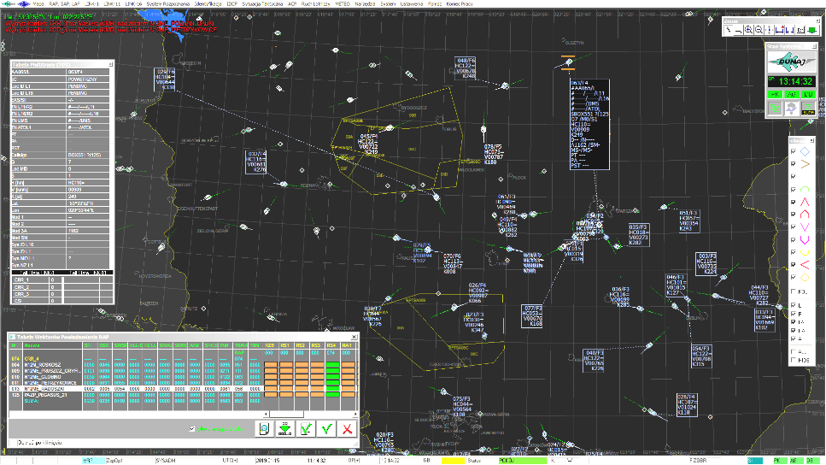
Interoperable employment with the Wisła system would be possible thanks to the A/B-Kits. The A-Kits would be prepared by the Polish industry, while the B-Kit integrating the Polish C2 with IBCS would be delivered by Northrop Grumman after relevant consent is issued by the US Government.
Development of the C2 system in its final form that would provide all of the listed capabilities would take up to 6 years, as PIT-RADWAR suggests. This time would be used to create national transmission protocols for the missile selected for Narew. The missile’s parameters would also need to be entered into the battle/fire control systems. There is also an option to configure the Narew system quicker, at the IOC level, without comprehensive net-centric capabilities, with BYSTRA radar acting as the sensor (being series manufactured - it can be integrated with the C2 system instantly).
Here, most of the launcher elements, engagement operations centers, could be partially delivered by a foreign partner. Ultimately they would remain under the Polish jurisdiction. The new system could reach the readiness much earlier though. The “temporary” variant would not require increased expenditure, as it would utilize the target, the final form of electronics. Over the upcoming three years, a new software suite for the system could be developed and delivered. The Bystra radars, once replaced by the Sajna sensors, could be used within the VSHORAD elements for instance.
PIT-RADWAR’s Industrial Contribution to the Narew System
PIT-RADWAR representatives stress that the project portfolio of the company proves that it remains in possession of know-how allowing it to work on the Narew C2 solution. Even though the company is associated primarily with radars, these often go hand-in-hand with command systems. Solutions as such have been manufactured in Poland since the 1970s. Most of the effort done when developing modern radars (ca. 80%) is focused on developing accurate software that includes real-time data transfer functionalities.
Currently, air defence command systems developed by PIT-RADWAR, such as DUNAJ, SAMOC, or ŁOWCZA/REGA remain in use. The company has also developed modern air defence systems, such as Poprad, or Kobra AAA/SAM system sold to Indonesia. VSHORAD radars or 35 mm automatic anti-aircraft cannon with an ABM rounds system have also been developed, as a result of the Loara programme that had been pursued in the past. C2 and fire-control systems expertise has also been gathered. Even though Loara did not reach the manufacturing stage in the end, the developments made within that scope have become a springboard for development for the PIT-RADWAR company, and the Polish industry as a whole. The Loara project also has shown the importance of continuity in the R&D domain.
Narew could become a much more significant driving force - not only for the defence industry but for the Polish economy as a whole. Creating a system based around a Polish C2 solution would allow for intense development of know-how stepping beyond the domain of command and control in the air defence systems. It would serve as a springboard for new technologies, also increasing, relevantly, the Polish export potential.
The offer created by the Polish defence industry thus extends beyond the functional criteria alone. The system delivered is to meet the requirements of the Polish military. In particular, it shall make it possible to work with other elements of IADS. It would also offer sovereignty, security within the cyber domain, and ensure modification ability over the course of its entire lifecycle. This would take into consideration the requirements of the Polish Armed Forces, as well as the evolving spectrum of threats, in a shorter, as well as in a longer run. The system offered by the Polish defence industry could also become a driving wheel of the Polish economy at the same time.
Article based on information provided by PIT-RADWAR
